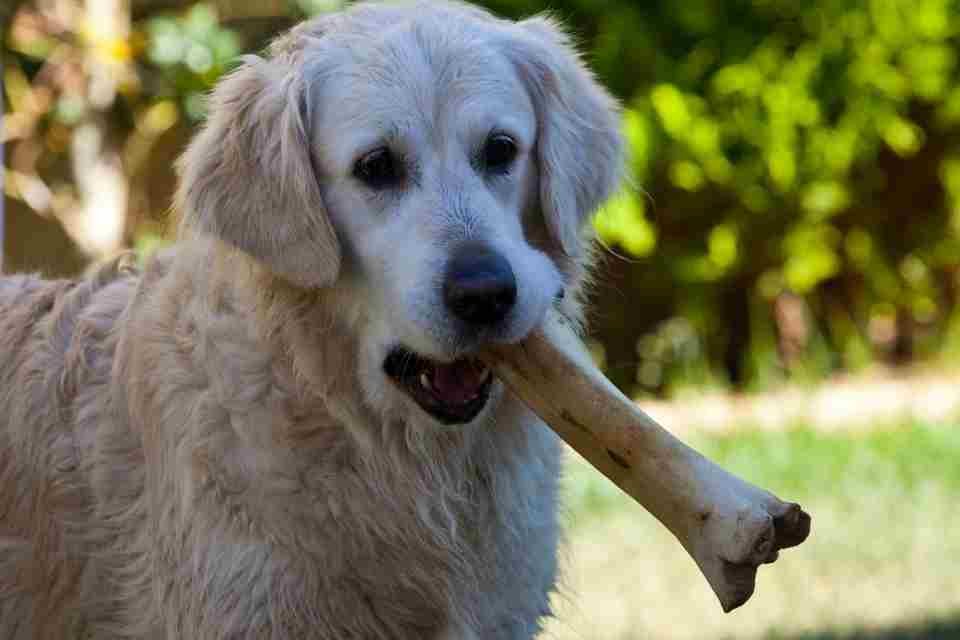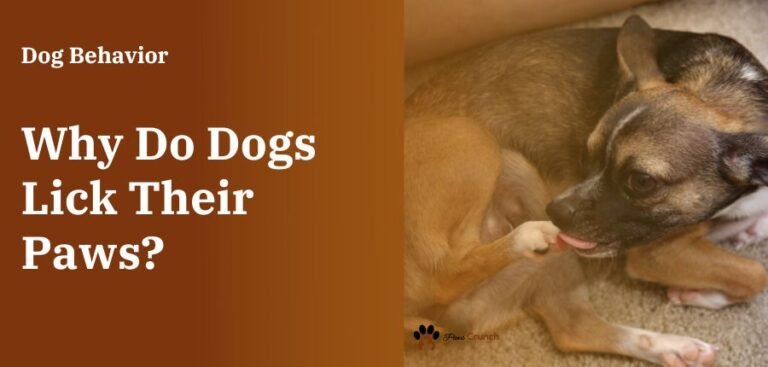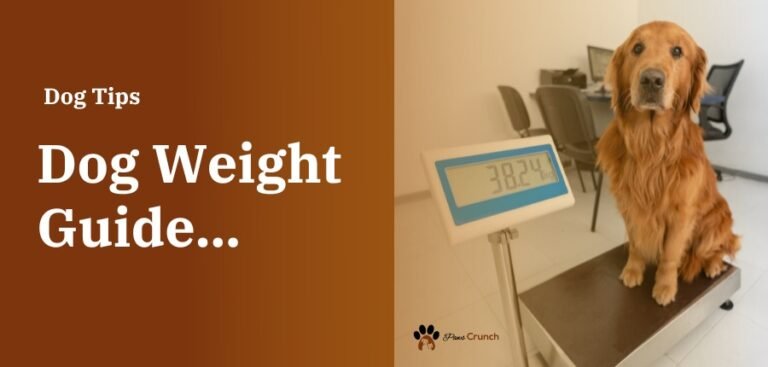Why Do Dogs Like Bones? Dog Behavior Guide
If you are a dog owner or a behavior onlooker, you must have glimpsed this conduct of dogs. They love to chew and eat bones. Everyone wants to learn the answer to this question: why do dogs like bones?
Dogs took over this bone-eating ritual from their Hypercarnivore ancestors, who loved hunting and got very strong teeth to eat any part of the prey. They have gained solid jaws and teeth during evolution.
Why Do Dogs Like Bones?

There are several reasons behind dogs’ love for bones. Raw bone is made of calcium, and it contains bone marrow which is fat. A bone that carries some meat is nutritious and pleasurable for dogs.
Here are a few motives why dogs like bones.
Bone Meat
Most bones contain minuscule meat bits. Dogs love to eat those tiny morsels. This reward builds the dog’s passion for bones.
Bone Marrow
Bone marrow is another fat-rich item of bone. It is a delectable and nutrient part of a bone. Dogs enjoy this healthy treat.
The body of a dog uses this fat when they are not finding any prey. Their survival is connected to the bone marrow, the last lifeline in the starvation period.
Bone Calcium
The bone structure comprises calcium and phosphorus minerals bound with the fat. Which gives more solidity to the dog’s bones and teeth.
Endorphins Release
Chewing and eating bones discharges endorphin hormones, which transpire after a body’s natural stimulation. It gives dogs a sought of relaxation, pleasure, and happiness.
Mind Stimulation
Chewing and eating a bone takes time. It simulates a dog’s mind, reduces boredom, and separation anxiety, and becomes more productive.
Chewing A Bone Benefits For Dogs
If your dog loves chewing raw bones, it carries several dental, nutritional, and psychological benefits.
Dental Benefits
The tartar and plaque on your dog’s teeth can be displeasing and cause health concerns. Gnawing and chewing raw bones stimulate the gums.
It also naturally scrubs their teeth. It is worthwhile if you don’t brush your dog’s teeth regularly. It lowers the risk of dental diseases in dogs.
Health Benefits
Raw bone carries several health benefits. Several food ingredients like fat, protein, and calcium in a raw bone are beneficial to a dog’s health.
Psychological Benefits
This activity contains several psychological advantages for dogs. It also stimulates their mental health. The dog stays busy and active. They love and enjoy this action.
Hazards Of Giving Bones To Dogs
Before giving your dog bone, you must consider these possible hazards. A raw bone can cause illness, injury, and sometimes death.
When a dog breaks the bones with its teeth, it may produce splinters and sharp edges. They can hurt a dog’s throat, mouth, stomach, and intestine. There are also chances of fatal infections.
Chewing a bone may break your puppy’s teeth. A pet owner must supervise his dog while they chew bones.
Which Bones Should Not Be Given To Dogs?
Any type of cooked bone is not suitable to serve. When a bone is cooked, the essential nutrients, including bone marrow, are lost.
It also makes them more brittle, which has more chances of breaking into tiny scraps(splinters). They can hurt the digestive tract. Pork bones and rawhide bones are also not recommended by expert VETs.
What Are Alternatives of Raw Bones For A Dog?
- During the summer season, frozen items/treats, including meat, peanut butter, or broth, can be given as a bone alternative. It carries fewer prospects of splinter injuries and choking.
- There are also nylon and starch-based bones available in the market, which you can serve to your dog. These bones carry lesser risks as compared to raw bones.
- Antlers are also considered an excellent natural alternative to bones. Dogs can spend hours chewing and gnawing the antlers.
Why Do Dogs Bury Bones?
It is another dog phenomenon and nature that most people want to know about. Dogs have an ancestral habit of burying bones.
In their wild past, they relied upon their hunting mastery and prey. Whenever they get an extensive hunt, they will preserve it for the coming days.
In this natural refrigerator, food lasts longer. The decomposition speed is faster in open sunlight than under the earth’s surface.
On the other hand, it also keeps food safe from other wild animals. They don’t want anyone to steal their prey.
Conclusion
Pups have a tendency and natural attraction toward bones. They love chewing and eating bones. That is why they can spend hours gnawing and chewing raw bones.
We have also covered the precautions a pet owner must take before giving raw bones to dogs.
Frequently Asked Questions
Do All Dogs Like Bones?
Regardless of the dog’s breed and size, chewing and gnawing raw bones is in their genes. If a dog gets hurt while chewing, he may avoid it again. The fact is that all dogs, of whatever size, like bones.
Are Bones Good For Dogs?
Bones have a lot of benefits for dogs. Dogs that eat raw bones get healthier and cleaner teeth. Bones also carry fat in the form of bone marrow. The structure of bone is made of calcium minerals.
The bones that carry little meat are also protein-rich, which canines like to eat. You only need to care about the choking and internal injuries risk associated while they chew and eat bones.
Should I Give Bones To My Dog?
There is nothing wrong with giving bones to your dog. However, there are several precautions you must observe before giving bones to your dog.
Knucklebone is the most commonly served bone for dogs. A big bone and your pup or dog can’t swallow safely to give. Frozen oxtails are also a good bone alternative for smaller dogs.
Why Do Dogs Like Chewing On Bones?
Dogs like bones so much, and it is from their canine history. Bones comprise minerals, fat, and protein; that is why dogs like chewing on bones.




